
Balmoral Castle is a large estate house in Aberdeenshire, Scotland, and a residence of the British royal family. It is near the village of Crathie, 9 miles (14 km) west of Ballater and 50 miles (80 km) west of Aberdeen.

Victoria was Queen of the United Kingdom of Great Britain and Ireland from 20 June 1837 until her death in 1901. Her reign of 63 years and 216 days is known as the Victorian era and was longer than any of her predecessors. It was a period of industrial, political, scientific, and military change within the United Kingdom, and was marked by a great expansion of the British Empire. In 1876, the British Parliament voted to grant her the additional title of Empress of India.

Osborne House is a former royal residence in East Cowes, Isle of Wight, United Kingdom. The house was built between 1845 and 1851 for Queen Victoria and Prince Albert as a summer home and rural retreat. Albert designed the house himself, in the style of an Italian Renaissance palazzo. The builder was Thomas Cubitt, the London architect and builder whose company built the main facade of Buckingham Palace for the royal couple in 1847. An earlier smaller house on the Osborne site was demolished to make way for the new and far larger house, though the original entrance portico survives as the main gateway to the walled garden.

Adelaide of Saxe-Meiningen was Queen of the United Kingdom of Great Britain and Ireland and Queen of Hanover from 26 June 1830 to 20 June 1837 as the wife of King William IV. Adelaide was the daughter of Georg I, Duke of Saxe-Meiningen, and Luise Eleonore of Hohenlohe-Langenburg. Adelaide, the capital city of South Australia, is named after her.
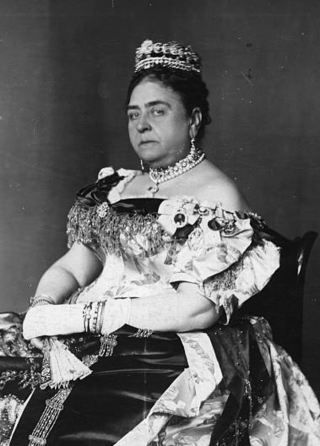
Princess Mary Adelaide of Cambridge, later known as the Duchess of Teck, was a member of the British royal family. She was one of the first royals to patronise a wide range of charities and was a first cousin of Queen Victoria.

Prince Leopold, Duke of Albany, was the eighth child and youngest son of Queen Victoria and Prince Albert. Leopold was later created Duke of Albany, Earl of Clarence, and Baron Arklow. He had haemophilia, which contributed to his death following a fall at the age of 30.

Gertrude Jekyll was a British horticulturist, garden designer, craftswoman, photographer, writer and artist. She created over 400 gardens in the United Kingdom, Europe and the United States, and wrote over 1000 articles for magazines such as Country Life and William Robinson's The Garden. Jekyll has been described as "a premier influence in garden design" by British and American gardening enthusiasts.
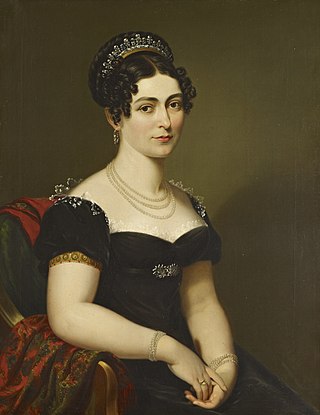
Princess Victoria of Saxe-Coburg-Saalfeld, later Princess of Leiningen and subsequently Duchess of Kent and Strathearn, was a German princess and the mother of Queen Victoria of the United Kingdom. As the widow of Charles, Prince of Leiningen (1763–1814), from 1814, she served as regent of the Principality during the minority of her son from her first marriage, Carl, until her second wedding in 1818 to Prince Edward, fourth son of George III.

Princess Louise Margaret of Prussia, later Duchess of Connaught and Strathearn VA CI RRC DStJ, was a member of the House of Hohenzollern and of the British royal family. She served as the viceregal consort of Canada while her husband, Prince Arthur, Duke of Connaught and Strathearn, served as the governor general, from 1911 to 1916.

Francis William Cadell was a European explorer of Australia, most remembered for opening the Murray River up for transport by steamship and for his activities as a slave trader.
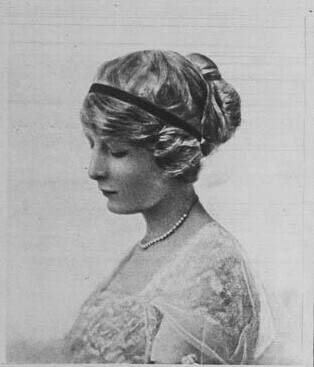
Lady Helena Gibbs, born Princess Helena of Teck, was a relative of the British royal family, great-great-granddaughter of King George III, and a niece of Queen Mary and King George V.
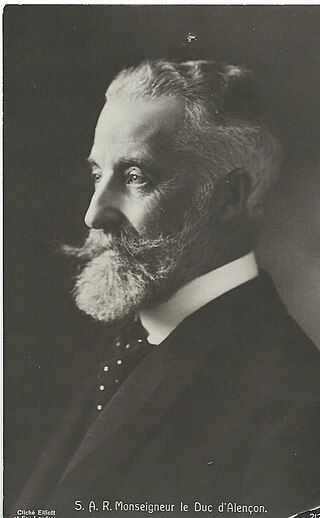
Ferdinand Philippe Marie d'Orléans, duc d'Alençon was the son of Louis Charles Philippe Raphael d'Orléans, Duke of Nemours and Princess Victoria of Saxe-Coburg and Gotha.
Events from the year 1819 in the United Kingdom.
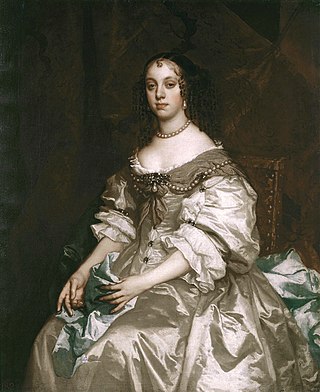
The title of Principal Painter in Ordinary to the King or Queen of England or, later, Great Britain, was awarded to a number of artists, nearly all mainly portraitists. It was different from the role of Serjeant Painter, and similar to the earlier role of "King's Painter". Other painters, for example Nicholas Hilliard had similar roles with different titles. "Principal Painter in Ordinary", first used for Sir Anthony Van Dyck, became settled as the usual title with John Riley in 1689.

Augusta Hanna Elizabeth Innes Withers, was an English natural history illustrator, known for her illustrating of John Lindley's Pomological Magazine and her collaboration with Sarah Drake on the monumental Orchidaceae of Mexico and Guatemala by James Bateman. She was appointed "Flower Painter in Ordinary" to Queen Adelaide and later to Queen Victoria. She also produced illustrations for Benjamin Maund's Botanis, the Transactions of the Horticultural Society of London, the Illustrated Bouquet (1857-1863) and Curtis's Botanical Magazine.

Denis Dighton was an English painter, best known for his military portraits and battle scenes.
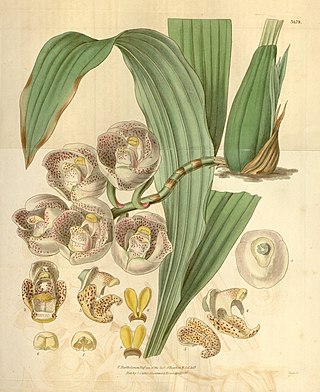
Valentine Bartholomew was an English flower painter.
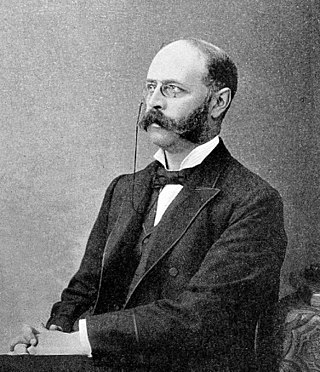
Sir James Reid, 1st Baronet, was a British doctor who served as physician-in-ordinary to three British monarchs, Queen Victoria, King Edward VII and King George V.

The wedding of Queen Victoria of the United Kingdom and Prince Albert of Saxe-Coburg and Gotha took place on 10 February 1840 at Chapel Royal, St. James's Palace, in London.

Phoebe Earle (1790–1863), known by her married names of Phoebe Dighton and Phoebe MacIntyre, was a painter working in England who was appointed Flower Painter in Ordinary to Queen Adelaide.